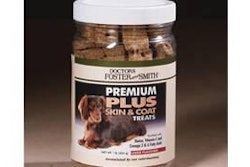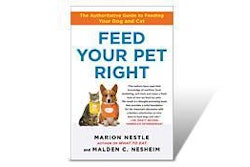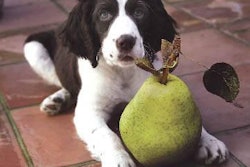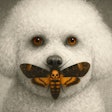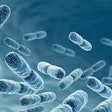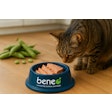To evaluate the effect of mannan-oligosaccharides (MOS) on in vivo performance, nutrient digestibility, fermentation characteristics and caecal microbial populations of rabbits, 144 35-day-old hybrid Hyla were equally divided into three groups: one fed the same diet without additives (control group), one with antibiotics (colistin sulphate, 144 mg/kg; tylosin, 100 mg/kg; oxytetracyclin, 1000 mg/kg) and one with MOS (1 g/kg of diet). Mortality rate, live weight, feed intake and feed conversion ratio were recorded up to 62 days of age.
Rabbits from the control group had a significantly lower body weight while the antibiotic group showed a higher feed intake than the control group. Rabbits from the MOS group had a higher apparent digestibility of cellulose and, as a consequence, a higher level of acetate in the caecal content. Caecal microflora of the MOS group rabbits also had a higher fermentative activity in respect to protein source, as demonstrated by the higher productions of branched chain fatty acids. MOS and antibiotics significantly reduced the colonies of Coliformis.
MOS at 1 g/kg of diet can be used as an alternative to antibiotics during the rabbit’s growth period.
Source : F. Bovera et al., 2011. Effect of dietary mannan-oligosaccharides on in vivo performance, nutrient digestibility and caecal content characteristics of growing rabbits. JAPAN online February 2011. doi: 10.1111/j.1439-0396.2011.01134.x



